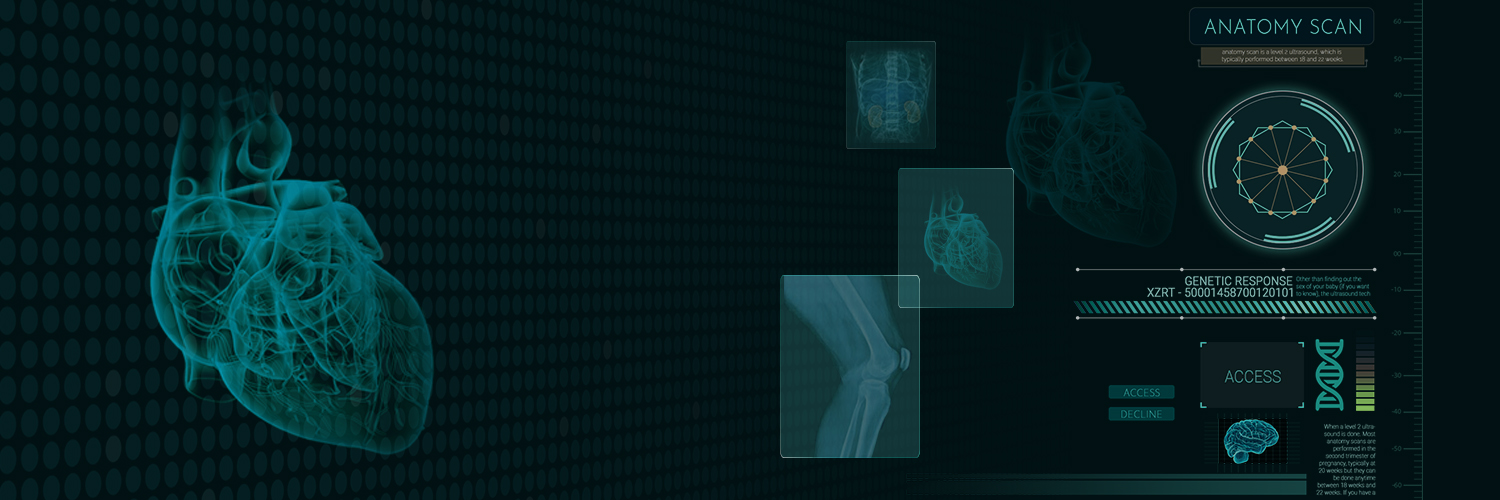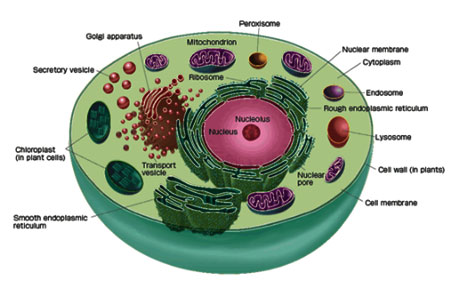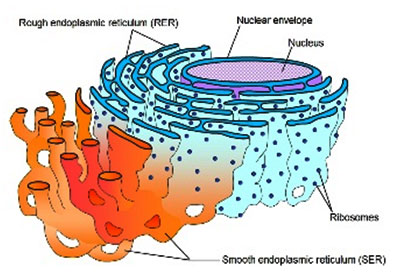
The cell theory states that cell is the basic unit or the basic building block of life. It has three salient features:

Basic Cell Organelles:
Plant cell and animal cell are composed of three main components.
Endoplasmic Reticulum (ER):

Smooth endoplasmic reticulum (SER) – These transpire with a smooth surface. Ribosomes are not present in it and are meant for secreting lipids. They also transport the products of the rough endoplasmic reticulum to other cell parts, notably the Golgi apparatus.
Difference between rough endoplasmic reticulum (RER) and smooth endoplasmic reticulum (SER):
| Rough Endoplasmic Reticulum | Smooth Endoplasmic Reticulum |
| Rough Endoplasmic Reticulum contains flattened sacs called cisternae. | Smooth Endoplasmic Reticulum is mainly formed of vesicles and tubules |
| Ribosomes are attached to the outer surface of its membrane. | It does not contain ribosomes. |
| It is specialized to synthesize proteins in the liver, hormones and other substances in the glands. | It is specialized to synthesize phospholipids and steroids. |
| It is abundant in exocrine pancreatic cells and antibodies secreting plasma cells. | It is abundant in liver and the testicular cells (e.g, Leydig cells) synthesizing steroid hormones. |